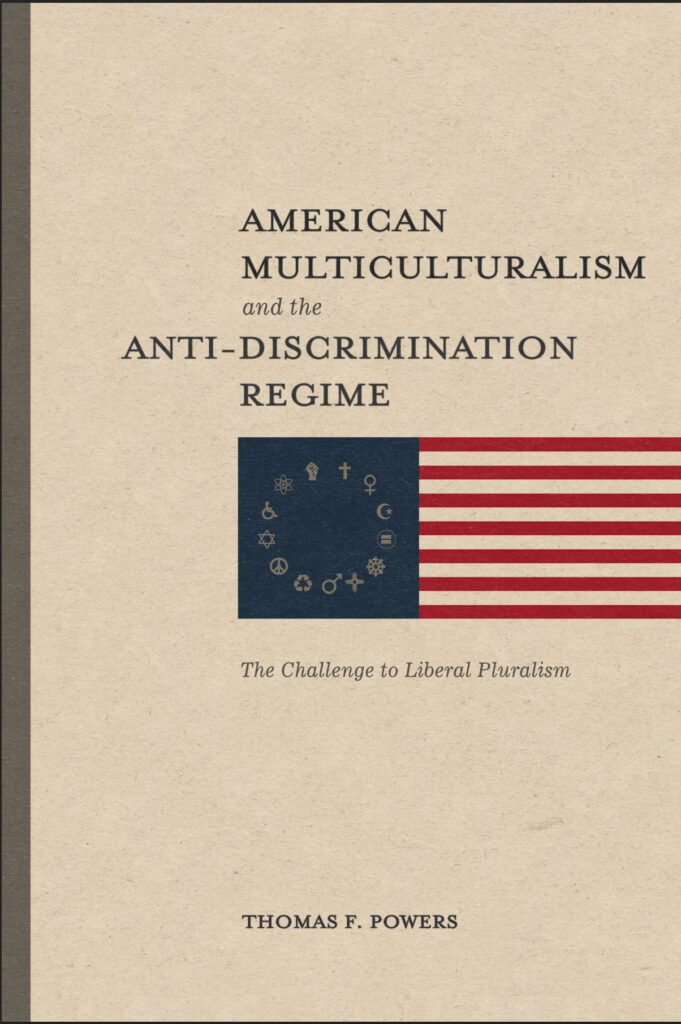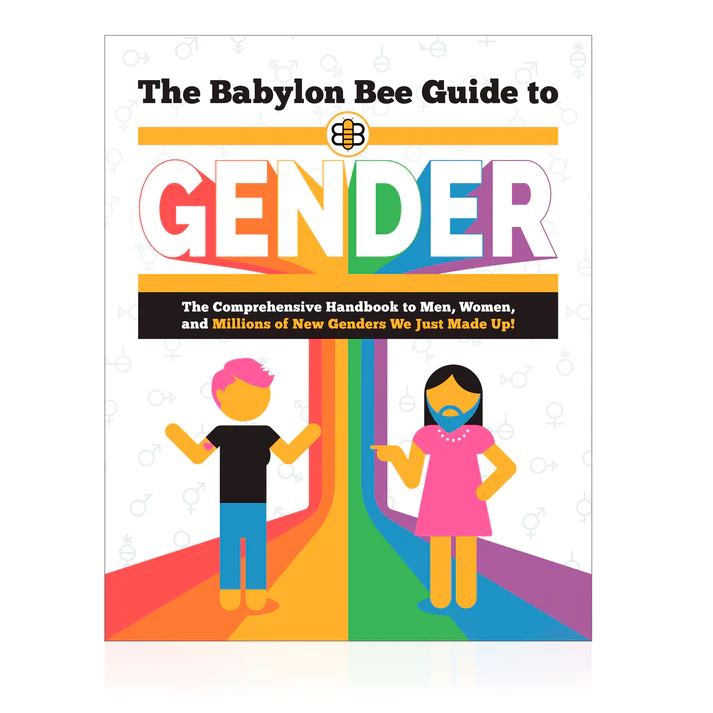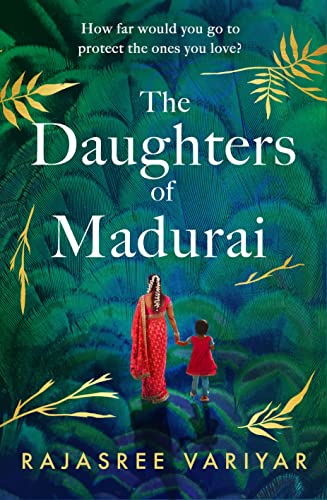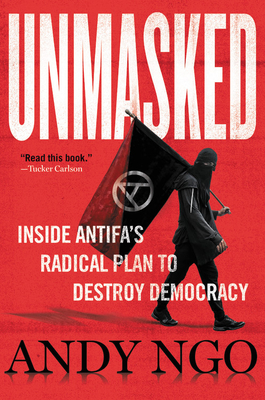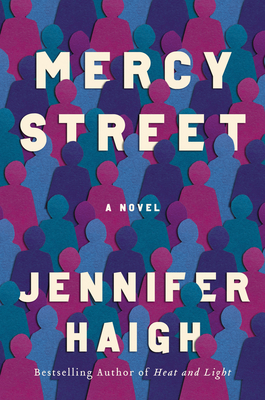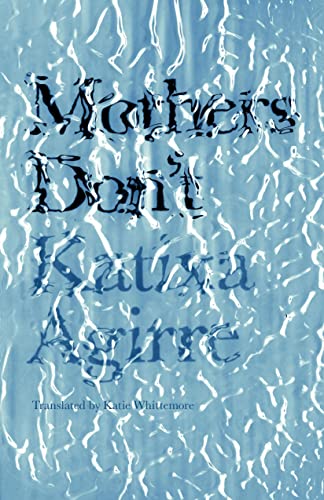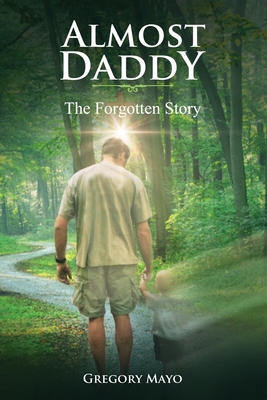
Image credit: Goodreads.com
Pro-abortion zealots and feminists who despise men will try to ban this novel for giving yet another voice to the person most neglected in any abortion choice: the father.
It is to Gregory Mayo’s credit that he can admit in the Acknowledgements not only that “I have my own abortion story”, but also that “the story in this book is fiction” (303), thus generalizing his experience to reach the “fathers [who] have been the forgotten ones in the abortion story” and who, since “there have been over 62,000,000 abortions in the U.S. alone since 1973”, constitute “a lot of hurting dads” (306).
The reader is immediately struck with the powerlessness of Ben, the main character, in the opening pages where he is described being on the outside (literally) of the abortion business where his girlfriend will abort the child whom they conceived. Ben’s powerlessness is heartbreakingly expressed in a parallelism which young men in his situation must feel all the time: “This was not where he expected to be” (1).
About fifty pages later, Ben’s helplessness repeats when another sexual partner phones him merely to assert her right to kill the unborn child; his reaction (screaming) does nothing to stop that mother from arranging to kill the child.
About a hundred pages after that, Ben’s helplessness is demonstrated yet again when he sees the body of a miscarried child whom he conceived with another lover. This time, however, the helplessness is even more pronounced; the miscarried child is someone whom his lover, at least, wanted since she expressed sorrow over the loss of the child.
Despite these episodes which illustrate how helpless a father is when faced with the death of an unborn child, whether he or she is killed in an abortion or miscarried, the reader cannot sympathize with the sexually promiscuous Ben. Granted, he may be a typical secular American teenager finishing high school at the beginning of the novel, but one would think that by the ripe old age of 23 (the last stated age provided by the author nearly two-thirds of the way through the work), Ben would have learned that his numerous fornications would have educated him enough to know that immoral sex is not the same as the moral sex that a couple can enjoy with each other when they are in a covenant relationship called marriage.
I mean, really now, can Ben be that stupid as to not realize that using multiple women as his sex objects could expose him to the risk of being a father whose child would be aborted if the mother thought she had a right to kill the child herself?
Apparently, Ben is that stupid.
Ben’s first fornication occurs with Abby, the aborted mother. When he learns that Abby had sex with his best friend while he was working far away from home, Ben has sex with Jenny, a server at a diner—and not merely for a one-night stand: “Ben found his way to Jenny’s each night” (92). Ben then commits adultery with Melinda, who discloses after the casual sex that she is a married woman. Ben’s fornication with another live-in lover, Carrie, becomes obvious when she is late with her period. (Although her pregnancy test is negative, they discover that she was indeed pregnant, but miscarried the child.)
Ben’s fornication doesn’t end with what seems like the definitive arrangement of having had a live-in lover: “After a short stint on the dance floor, they walked across the street to Ben’s room. The next morning Ben awoke to the sound of Julie getting her things together” (171). A few pages later, another fornication is denoted in a similarly-worded transition: Ben and Joanne (Jo) “walked upstairs to Ben’s efficiency. The next morning [….]” (183). The author must like such a transition, glossing over Ben’s sexual activity, since he uses it repeatedly. For example, Ben must have had sex with Erica, because the narrator skips from the initial hook-up to the time after a night of illicit sexuality: “When he woke up” (199). Erica will later abort the child.
Fortunately, albeit late in the narration, Ben, who is purported to be intelligent (he reads sophisticated philosophical books), does speculate on why his many romantic episodes fail: “An interesting young lady would start up a conversation, they would spend a couple of evenings together, and then she was gone” (188).
Ben becomes a somewhat attractive character only in the last third of the book, although his likeability is challenging to recognize since the last hundred pages are more didactic and preachy than meaningful prose. The reader, especially the male reader, can cheer Ben when he seeks and finds comfort in the company of other men who are fathers of aborted children, especially men who have a religious foundation for their lives. Unfortunately, Ben remains at the beginner level of faith; except for one Catholic buddy, Ben’s friends are Protestant Christians and reject sacramental Christianity.
Ah, yes…forget the crass depictions of immature males in man caves, boozing it up, talking shit or merely talking dirty. Ben’s world is male bonding at its sanitized, Protestant Christian best.
These initial comments aside, the novel has merit, which can be appreciated when at least three of the questions of right-to-life literary theory are applied to the work.
First, one must conclude that the novel supports the perspective that human life is, in the philosophical sense, a good which is priceless by what the novel says about the absence of that philosophical good. For example, the narrator concludes after the abortion that “The weight of indescribable loss hung over them as did a sense of finality. It was done and could not be undone” (7).
Second, the literary work respects heterosexual normativity and the integrity of the family. This affirmation of the normalcy of human life is pronounced, especially since Ben comes from a severely broken family. Ben’s parents were divorced, and his father “was long gone, presumably lost in a bottle somewhere” (9). His stepfather, who is separated from his mother, thinks it’s fine for Abby to abort someone who would be his grandchild.
Worse, Ben’s religious knowledge is paltry. He asks his friends in the Almost Daddy group of fathers who have suffered abortion a ridiculously ignorant question about Jesus, one which cannot be cited as ironic or a feeble attempt at humor: “So you’re telling me that all these religions and degrees [sic] and churches are all about this dude who preached for three years?” (240).
Despite these negative influences, Ben realizes that his many one-night stands are just that, mere nights of loss of sexual self-control. No wonder, then, that the novel ends with heterosexual normativity affirmed, even though the traditional way of proposing to one’s beloved which Ben follows would make most male readers cringe, relegating the method to sentimental hogwash, while female readers would squeal with delight, most likely muttering something banal like “Aw…how cute!” (Like most men, I reserve kneeling for the consecration at Mass, not for someone who is equal to me in the sacrament of matrimony. But I digress…)
Third, the reader can affirm that the literary work comports with the view that unborn human life has an inherent right to exist. Granted, several characters mouth the usual tired dehumanizing expressions of anti-life philosophy. Lance, his best friend, claims that the unborn baby “was just growing tissue. It wasn’t a baby yet” (24). Even Abby thinks the unborn child “was just a lump of cells” (31). In contrast, Ben affirms that “A baby was made by me and Abby, and that baby is now dead, and I didn’t do anything to stop it” (24).
Ben’s life-affirming sense, in contrast, remains consistent throughout the novel. Although the narrator uses a dehumanizing term to refer to a miscarried child (“something” instead of “someone”) and to an aborted baby (“that” instead of “who”), the diction error could be excused since the overall idea expresses Ben’s life-affirming belief: “He tried to rectify the idea that a child lost to miscarriage was something to mourn, but a child at the same ‘age’ that was aborted was not even considered a human” (206; internal quotes in original).
Despite these positive points, the novel has several flaws, including the philosophical mistake of the title, stylistic problems, and several grammar matters.
While it should not register as a fatal flaw on the level of a hamartia in Ben’s character, the title is objectionable since, although it reflects common linguistic ignorance, it distorts biological reality. Ordinary people could exclaim “it’s a boy!” and still affirm that the unborn child over whom they rejoice is a gendered human being, the pronoun “it” being merely a casual and quick way to express not only love for the child him- or herself, but also one’s paternity or maternity.
Ben, however, should have realized that he is not “almost” a father of several unborn children whom his lovers killed, but that he was in fact a father; “almost” would be accurate only if his sperm cell did not achieve fertilization.
The fatal flaw of the title, therefore, may simply be relegated to the author wanting to reach people on their level of ignorance, hoping to persuade them of the humanity of the unborn child by the novel’s action and commentary.
Stylistically, the novel would benefit from a revision in some areas. First, the euphemisms used to express the sexual activity of Ben and his multiple lovers may appeal to an audience which has a puritanical view of sex. Modern readers, however, expect to see some illustration of the contemporary sexual experiences of a teenager and, as the years pass, a young man who has no hesitation to bang any female he casually meets.
Thus, the technique of sliding from Ben meeting a woman whom he will use for his sexual gratification to “The next morning” (171 and 183) hides not only the details of Ben’s fornication, but also the circumstances which could obviate his culpability for that sin. (This fine distinction may be lost on an author who apparently is writing for a “Christian”, that is, Protestant Christian, audience; Byzantine, Catholic, and Orthodox readers have a more comprehensive view of sexuality in fiction as a vibrant expression of reality.)
In fact, the euphemisms used to hide the characters’ sexual experiences contrast starkly with other phrases which a deconstructionist literary critic would have a proverbial field day in exploring. The irony and double entendre in the following lines would make any contemporary and worldly student of literature either smirk fiercely or laugh uproariously: a neon sign for a bar named Cactus Rose whose active letters were “actus R se” (85); Ben telling Jenny that “It was my good pleasure getting to know you” (95); “Your load is ready” referring to a bucket of flooring mix, but a possible vulgar reference to Ben’s quantity of sperm (115); or the narrator casually affirming at novel’s end that Ben and Carrie “only made it out of the cabin to eat supper a couple of times” on their honeymoon (295).
Another stylistic problem involves the violation of a cardinal rule of writing: showing, not telling. For example, this paragraph which tells the reader what happened might have worked better if it showed the anger which it tries to express:
One Saturday, in the middle of another argument about nothing in particular, Carrie ordered Ben to get out. Ben laughed. It wasn’t a joke. She yelled and cussed and started throwing random objects from the kitchen at him. Ben had enough. (156)
Similarly, this paragraph is needless or, if there is some information which must be conveyed, could be reduced to a few words:
After getting and cashing his final check and closing his bank account, Ben filled up the truck and brushed his teeth in the parking lot of the gas station. He used part of a bottle of water to rinse. Wiping his mouth on his sleeve, Ben shut the truck door and started the engine. (159)
Finally, several grammar and diction errors interfere with a mellifluous reading. For example, capitalization of common nouns is not necessary in direct address, as in “So just start talking, Brother”, the last term not being used as a title (23). Likewise, the instances of incorrect pronouns in a series used after a preposition are jarring. While errors of this category may usually indicate that the characters speaking the phrase are ignorant, neither Carrie saying “for Shelley and I” (119) nor Ben saying “with her and I” (132) are credible since both are supposed to be intelligent people. Many other similar errors should be corrected in a future edition.
I would recommend Mayo’s novel for high school and college students and for men in study groups designed to help them with their grief on having lost an unborn child to abortion.
Since Amazon collaborates with cancel culture and woke zealots and bans conservative and pro-life books, buy this book directly from the publisher: https://almostdaddy.com/product/almost-daddy-the-forgotten-story/.
